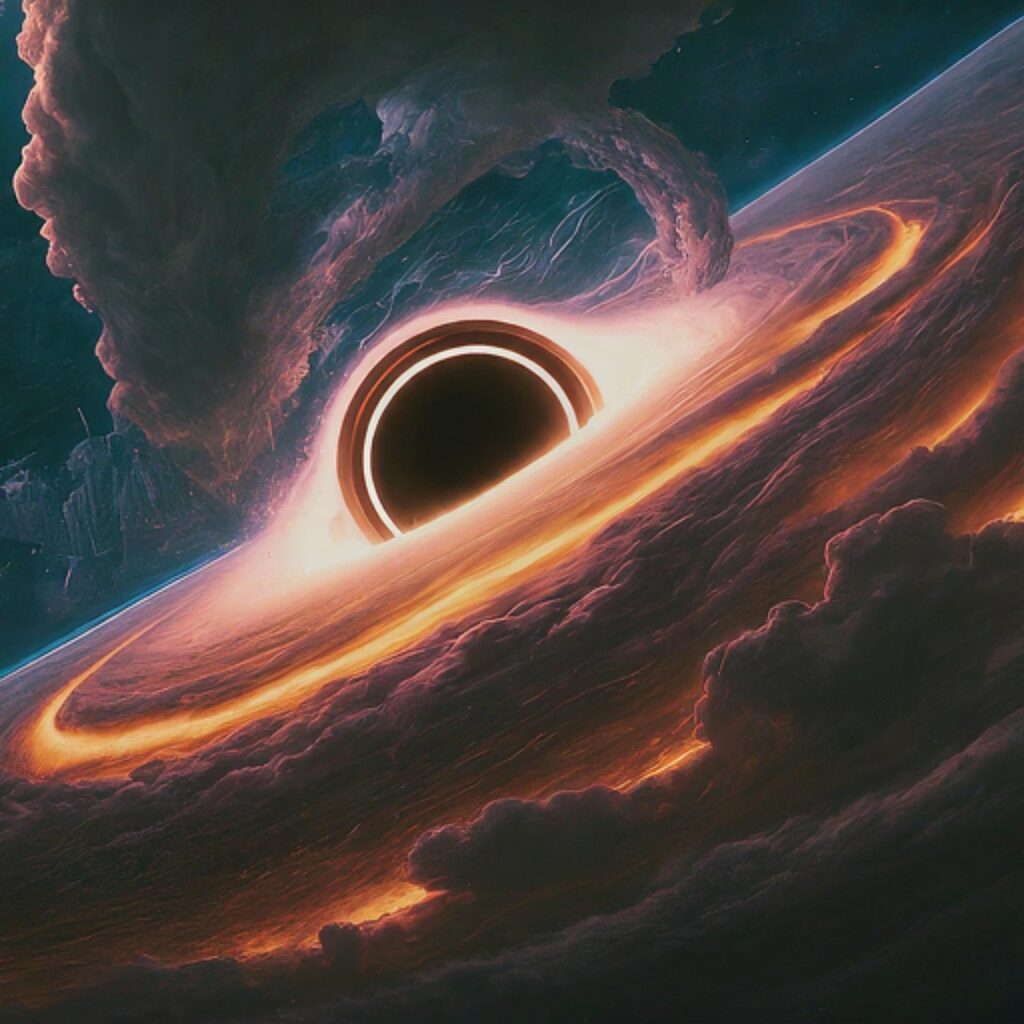
Have you ever tried to picture something so immense, so violently unstable, that it defies the very laws of physics as we know them? What if I told you there might have once been a star so monstrously massive that a black hole ignited in its heart while it was still a living, burning star?
This isn’t the plot of a new sci-fi blockbuster. This is a real, albeit theoretical, solution to one of the most perplexing mysteries in modern astronomy. Scientists call this hypothetical beast a Black Hole Star, a cosmic missing link that could explain how the universe formed its gargantuan black holes in the blink of an eye. Let’s dive into the heart of this incredible phenomenon and unravel the story of the universe’s first and greatest monsters.
The Universe’s Biggest Head-Scratcher: Giants in a Baby Universe
To understand why the Black Hole Star is such a compelling idea, we first need to appreciate the problem it solves.
Peering back across billions of light-years with telescopes like the James Webb Space Telescope (JWST), astronomers have made a startling discovery. They’ve found fully-formed supermassive black holes—the gravitational engines at the center of most galaxies, weighing billions of times the mass of our Sun—when the universe was less than a billion years old. That’s the cosmic equivalent of finding a fully grown elephant in a newborn’s crib.
This presents a huge problem. According to our standard models, a black hole starts its life when a massive star explodes as a supernova, leaving behind a stellar-mass black hole of perhaps 10-100 solar masses. This small black hole would then need to spend eons gobbling up gas and merging with others to grow to supermassive proportions.
But a billion years just isn’t enough time. It’s like trying to grow a sequoia tree in a single weekend. There must have been a shortcut, a way to create a “seed” black hole that was already enormous from the very start. This is where our cosmic monster enters the stage.
A Star Within a Star: What Is a Black Hole Star?
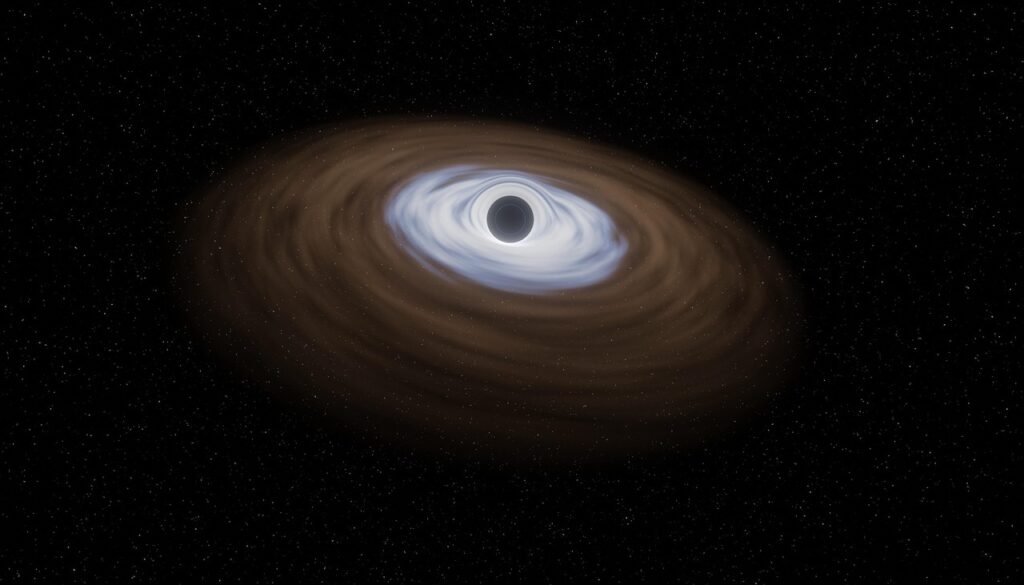
So, what exactly is this hypothetical beast? Let’s break it down.
Imagine a star so vast that its outer atmosphere could engulf our entire solar system, stretching beyond the orbit of Pluto. Now, imagine that at the very center of this bloated, gaseous Leviathan, a black hole has already formed. This isn’t the corpse of a dead star; it’s the still-beating, chaotic heart of a living one.
This is a Black Hole Star, sometimes called a “quasi-star.”
The key to its existence is a delicate, violent balance. As the inner black hole feeds on the star’s own flesh, pulling material inward, this process creates an accretion disk of superheated gas. This disk glows with an unimaginable ferocity, producing an outward radiation pressure so intense that it pushes back against the crushing weight of the star’s own gravity.
For a while, this outward push and inward pull achieve a stalemate. The black hole eats, grows, and radiates, while the star’s immense outer layers contain it, acting as a vast fuel reservoir. This bizarre state could last for a million years or so—a fleeting moment in cosmic time, but long enough for the central black hole to grow to a staggering size.
The Birth of a Monster: A Recipe from the Primordial Universe
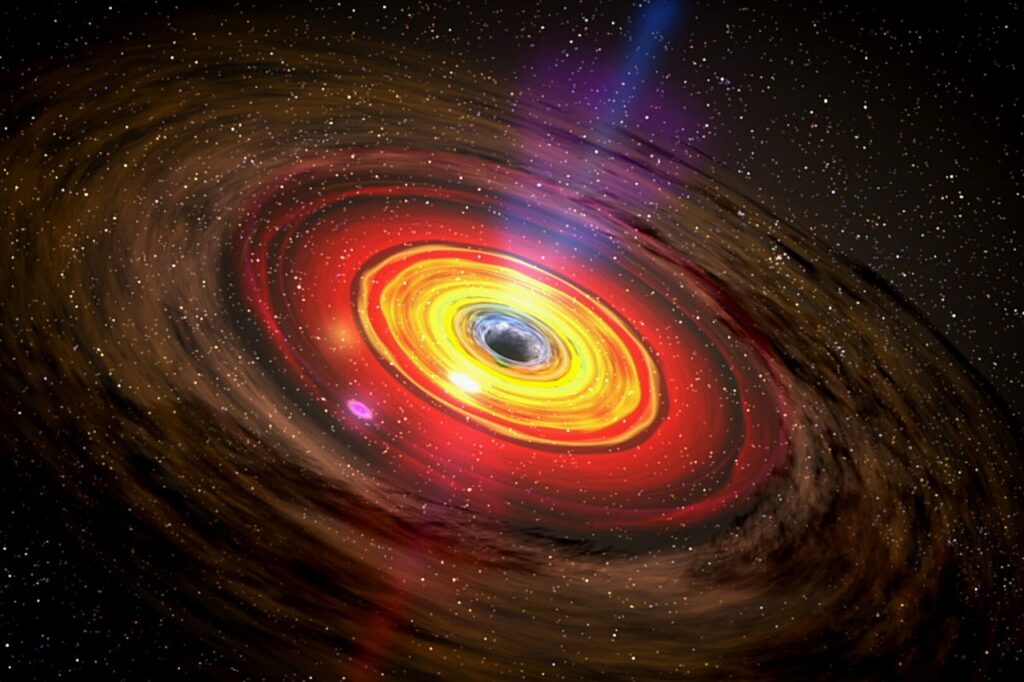
A Black Hole Star couldn’t form in our modern, “polluted” universe. Its birth required the unique conditions of the cosmic dawn, just a few hundred million years after the Big Bang.
The early universe was a much simpler place. It was composed almost entirely of hydrogen and helium gas, with none of the heavier elements like carbon, oxygen, and iron that we find today. These heavier elements, forged in the hearts of stars and scattered by supernovae, actually help modern clouds of gas fragment into many smaller stars.
Without this “cosmic dust,” the first stars—known as Population III stars—could grow to absolutely mind-boggling sizes. We’re talking about behemoths with masses ranging from hundreds of thousands to several million times the mass of our Sun.
A star this massive lives fast and dies young. Its core burns through nuclear fuel at a prodigious rate. In such a colossal object, the core could become so dense and hot that it would undergo a process called “direct collapse.” Instead of the dramatic fireworks of a supernova, the core would simply and silently collapse directly into a black hole, bypassing the explosion entirely. And thus, inside a still-intact stellar womb, a black hole seed is born.
A Brilliant, Doomed Life: The Story of a Quasi-Star
The “life” of a Black Hole Star is a spectacular, self-destructive affair.
Its Power Source: Unlike a normal star, which is powered by nuclear fusion in its core, a quasi-star is powered by gravity. The energy comes from the intense friction and heat generated in the accretion disk as material spirals into the central black hole. In fact, a single Black Hole Star could outshine an entire galaxy of normal stars. Its light would not be the familiar white-blue of a hot star, but a cooler, redder glow, emanating from its massive, puffy envelope.
It’s Inevitable Death: This delicate balance between radiation and gravity cannot last. The central black hole is a gluttonous child, constantly eating its way out of its home. As it grows, its appetite only increases. Eventually, it consumes the stellar material from the inside out so rapidly that the outward radiation pressure can no longer support the star’s immense outer layers.
The end comes in one of two ways:
- The black hole simply consumes most of the star, and the outer layers dissipate into space.
- The black hole’s growth triggers violent instabilities that blow the star apart in a cataclysm that would make a supernova look like a firecracker.
In either case, the legacy of the Black Hole Star is not its own survival, but the child it leaves behind: a massive “seed” black hole, already weighing tens of thousands of solar masses. This gives the newborn black hole a colossal head start, allowing it to quickly grow through further accretion and mergers into the supermassive black holes we find at the centers of galaxies today.
Clearing the Cosmic Confusion: Black Hole Star vs. Everything Else
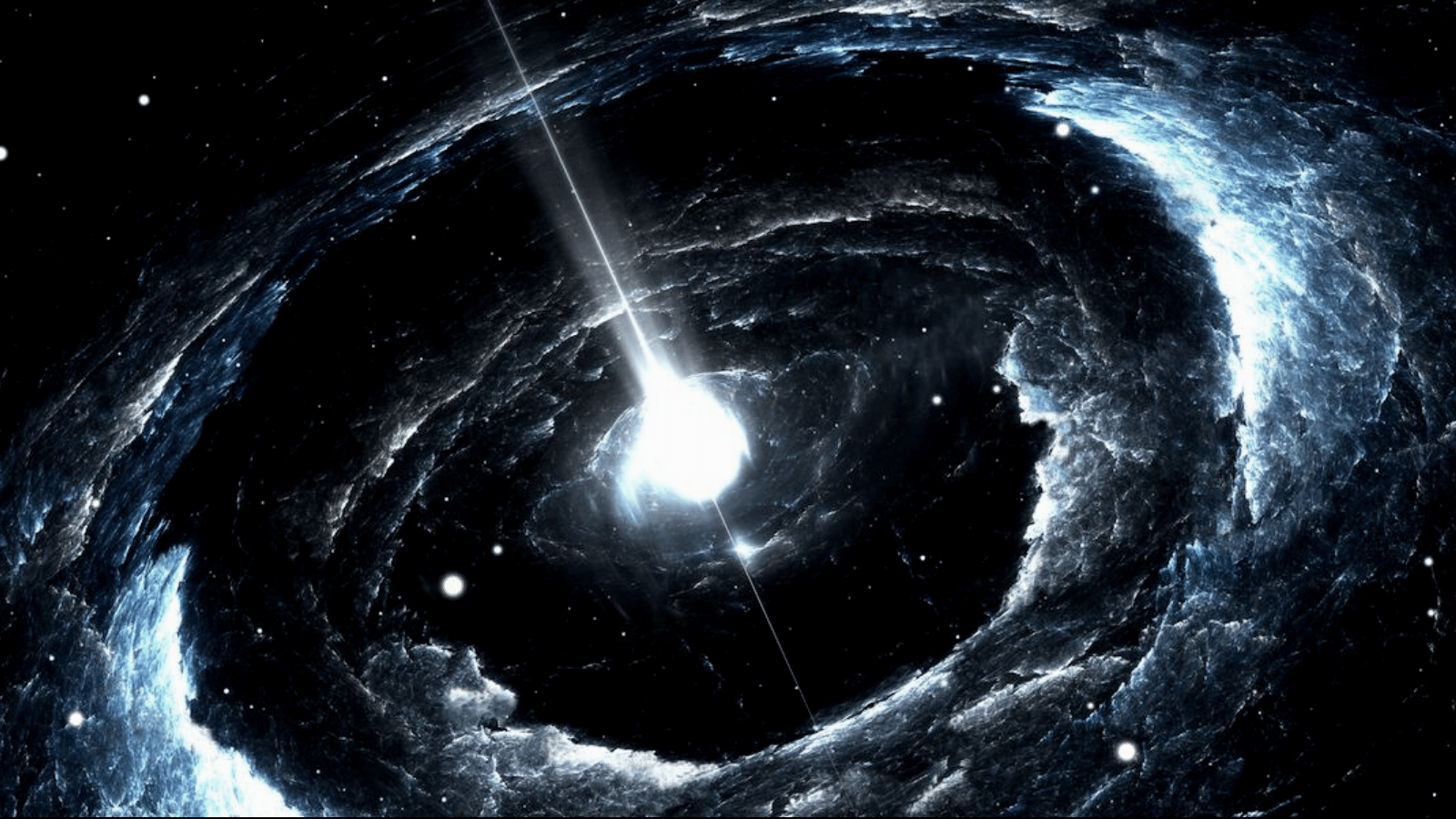
This concept can be confusing, so let’s clear up how it differs from other cosmic objects.
- Vs. a Stellar-Mass Black Hole: This is the most important distinction. A stellar-mass black hole is the corpse of a dead star. A Black Hole Star is a living star with a black hole as its engine. One is the end result of stellar death; the other is a unique phase of stellar life.
- Vs. a “Dark Star”: This is a common point of confusion. A “Dark Star” is another hypothetical first star, but it’s proposed to be powered by the annihilation of dark matter particles in its core, not by a black hole. While both are theoretical giants from the early universe, their power plants are fundamentally different.
Hunting for Giants: Have We Ever Seen One?
The multi-billion-dollar question: do they exist, and can we find one?
As of today, no Black Hole Star has ever been confirmed. They remain a brilliant and elegant piece of theoretical astrophysics. They were likely very rare, short-lived creatures, existing only in the first billion years of the cosmos.
However, the hunt is on. What would we look for? Astronomers would search for point-like objects in the distant universe with unusual light signatures—extremely bright, red-shifted objects whose brightness and spectrum can’t be explained by a quasar (a feeding supermassive black hole) or a supernova.
Our best hope for finding evidence lies with the James Webb Space Telescope (JWST). JWST is specifically designed to peer back into the epoch of the first stars and galaxies. As it gazes into the deep cosmos, it might just catch the faint, reddened glow of one of these dying titans, a ghost from the universe’s violent infancy.
Conclusion: The Enduring Legacy of a Cosmic Phantom
The Black Hole Star, even as a theory, teaches us a profound lesson about the universe: it is far more inventive and extreme than we can often imagine. It provides a plausible, elegant solution to the riddle of the early supermassive black holes, acting as a crucial missing link in the story of cosmic evolution.
While they may have died out eons ago, their legacy likely lives on at the dark hearts of nearly every galaxy, including our own Milky Way. The supermassive black hole at our galaxy’s center, Sagittarius A*, may very well have begun its life as the ravenous heart of one of these primordial quasi-stars.
The story of the Black Hole Star is a testament to human curiosity. It shows us that by confronting the universe’s biggest mysteries with bold ideas, we can begin to piece together our own grand origins, one cosmic monster at a time.
FAQ: Your Black Hole Star Questions, Answered
Q: Is a black hole star a real thing?
A: As of now, black hole stars are a theoretical concept proposed by scientists to solve a cosmic mystery. There is no confirmed observational evidence for them yet, but they are a compelling solution to a major astronomical puzzle.
Q: What is the difference between a black hole and a black hole star?
A: A black hole is a region of spacetime from which nothing can escape. A black hole star is a star with a black hole at its core, still surrounded by a massive, bloated envelope of stellar material. One is a gravitational singularity; the other is a star powered by one.
Q: Could a black hole star destroy Earth?
A: Thankfully, no. These objects are theoretical and would have only existed in the very early universe, billions of years ago, and far, far away. They pose no threat whatsoever.
Q: How big was a black hole star?
A: Theories suggest they could have been colossal, with a radius as large as our entire solar system (out to the orbit of Neptune or Pluto) and a mass millions of times greater than our Sun.
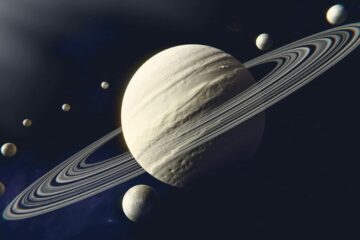
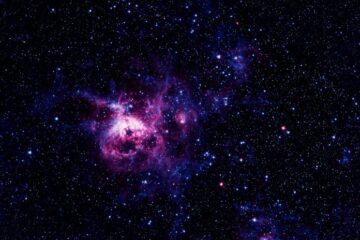

0 Comments